Is your cat a secret genius hiding behind those mysterious eyes? What if the way your furry friend bats at toys or opens cupboard doors is actually a sign of remarkable intelligence? The idea that cats might show a preference for one paw over the other, just like humans being right- or left-handed, can be surprisingly revealing. Imagine discovering that your playful tabby’s left-pawed habit is more than just quirky—it might be a window into their clever mind. Get ready to see your feline companion in a whole new light as we unravel the fascinating world of cat pawedness and what it could mean for your whiskered wonder.
What Does It Mean to Be Left-Pawed?
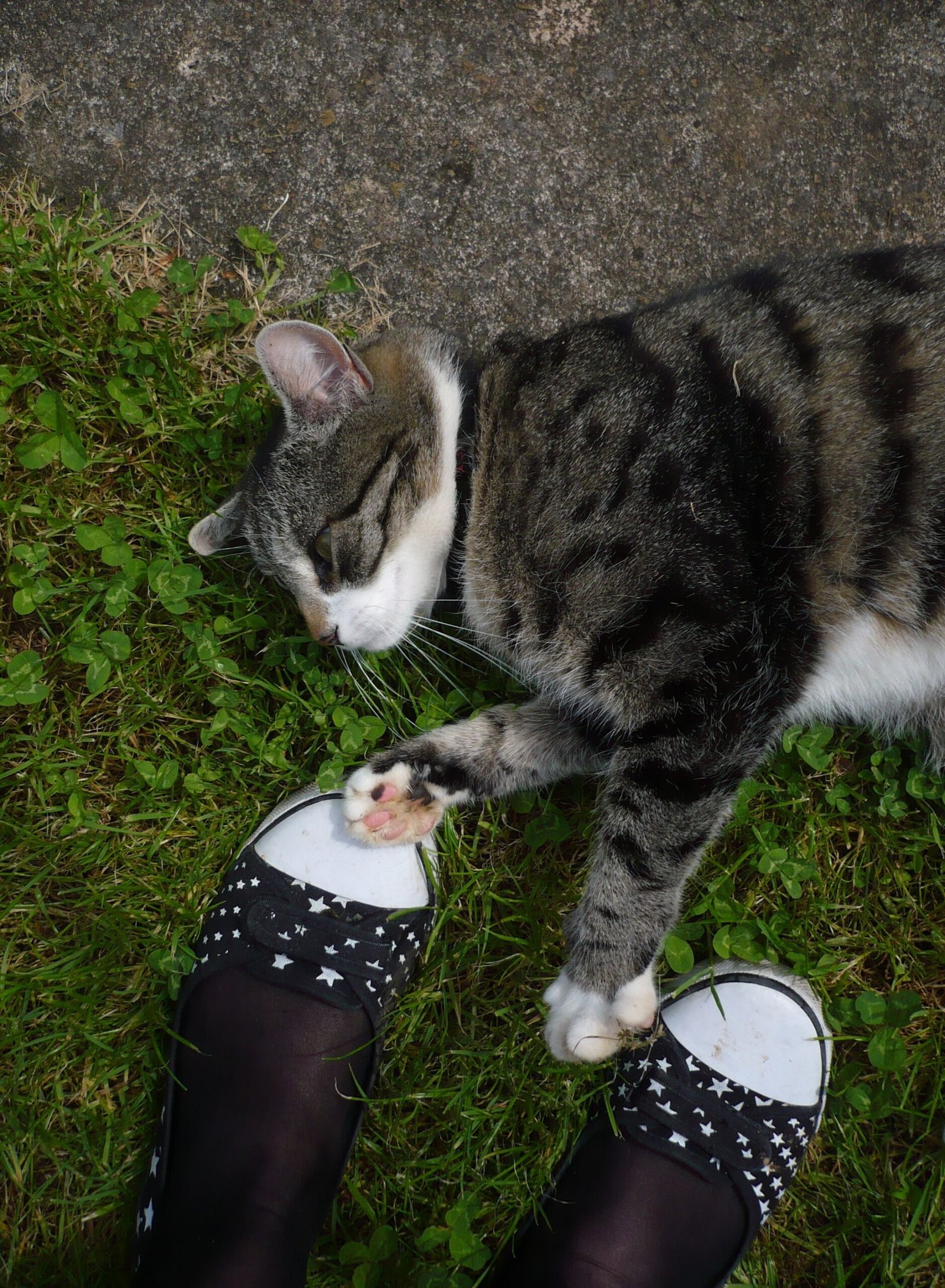
Left-pawed simply means your cat prefers using its left paw for daily activities. Just as some people are left-handed, cats can be left-pawed or right-pawed. When your cat reaches out for a toy, scratches at the door, or taps you for attention, it’s possible they do these things more often with one paw. Scientists call this “lateralization,” and it’s not just a random occurrence. In fact, being left-pawed might reveal more about your cat’s brain than you think. Many cat owners never notice this trait until they start paying attention, and once you see it, you can’t unsee it. It’s like watching a friend always use the same hand to write or eat—suddenly, a pattern appears.
How Do Experts Test Paw Preference in Cats?
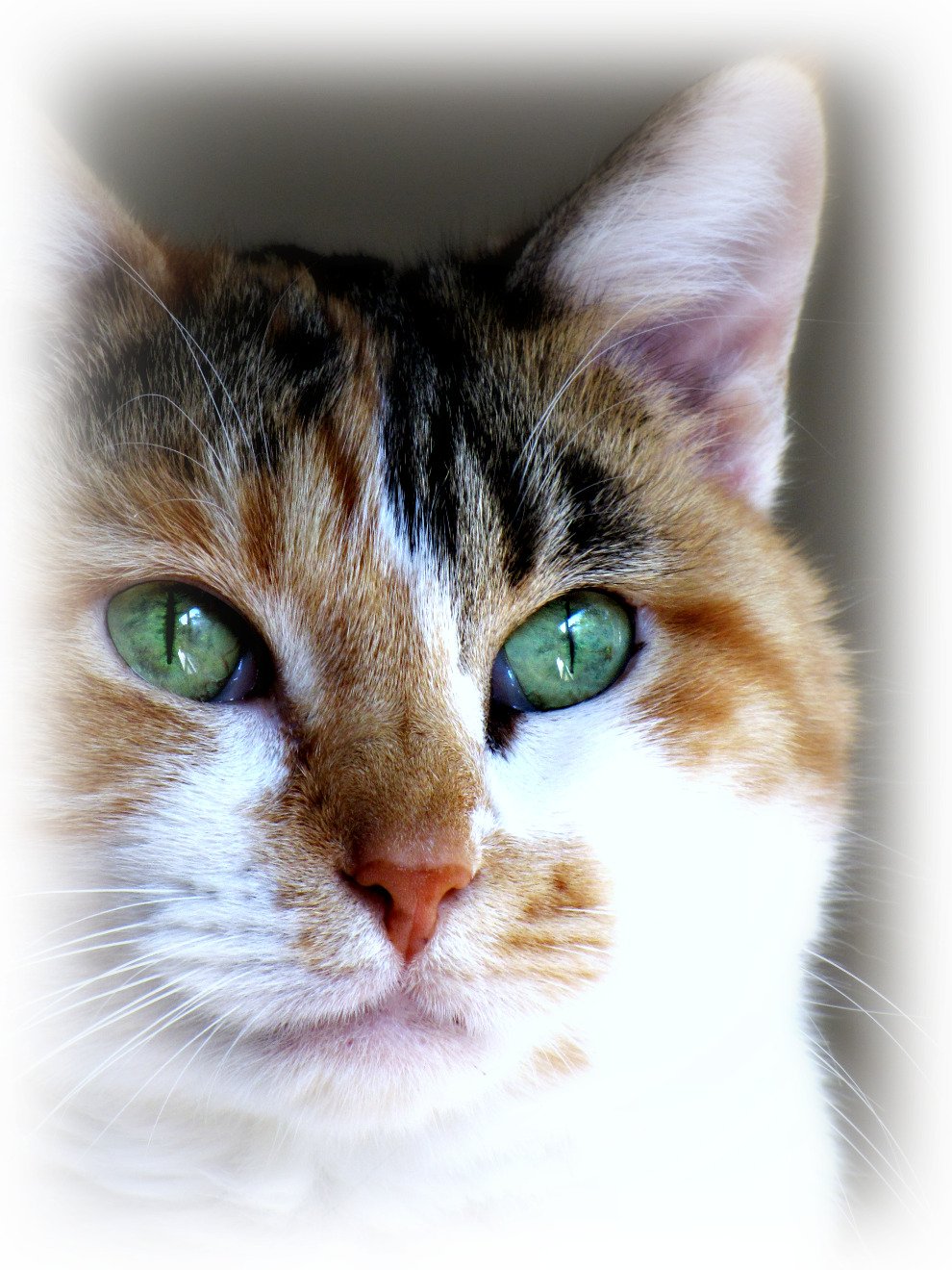
Researchers have come up with clever ways to figure out if a cat is left- or right-pawed. One common test involves placing a treat inside a narrow glass or tube and watching which paw the cat uses to fish it out. Another popular method is to observe which paw a cat uses first when stepping over an object or descending stairs. You can even try this at home, turning it into a fun little experiment with your own cat. Experts usually repeat these tests multiple times to be sure the results aren’t just random. It’s fascinating to see how even the smallest habits can reveal a cat’s hidden tendencies. By paying close attention, you can become a “paw detective” in your own living room.
Why Do Some Cats Favor One Paw?
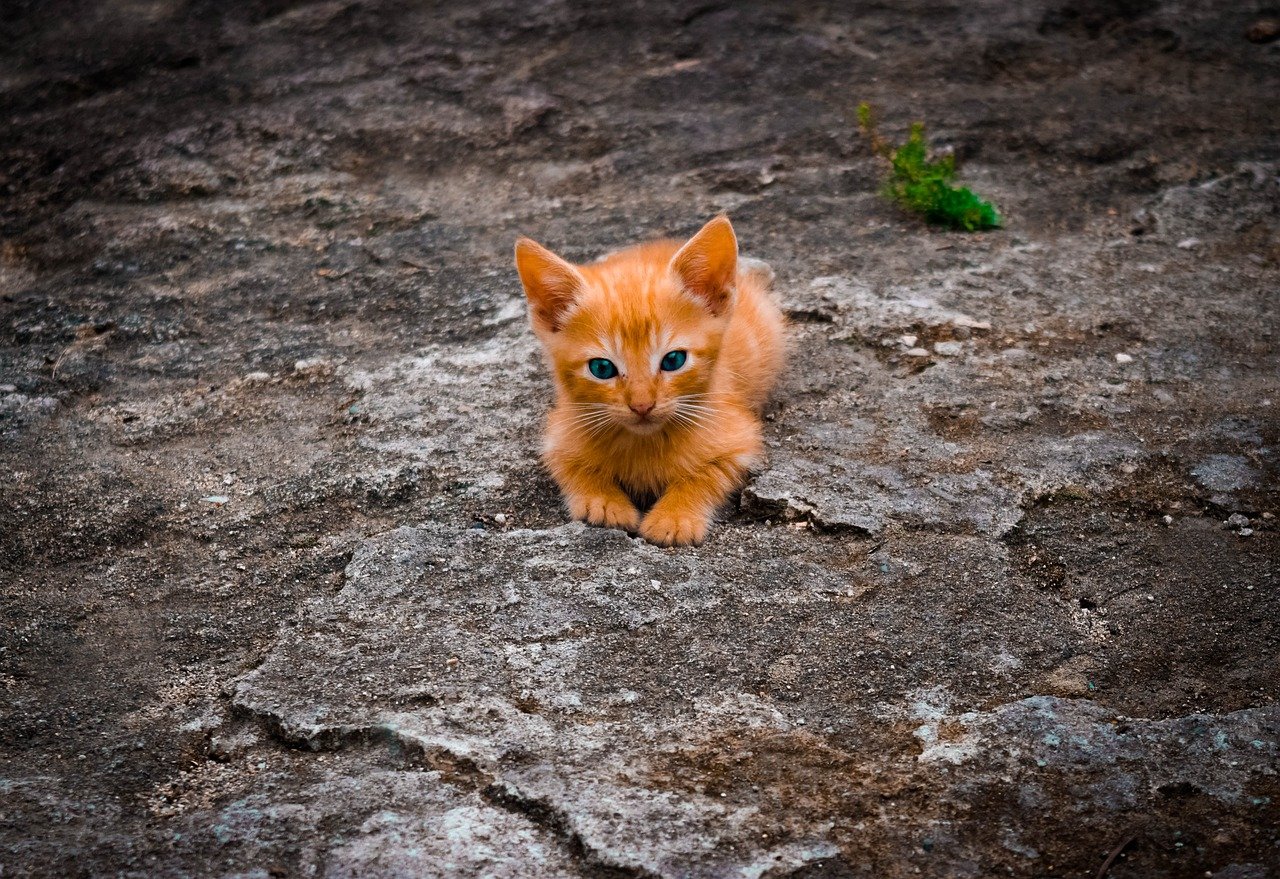
The reason behind a cat’s paw preference is still a bit of a mystery, but scientists have some ideas. Genetics play a role, just as they do in humans. The structure of a cat’s brain, with its left and right hemispheres, affects how they interact with the world. Environmental factors, like how kittens play with their littermates, might also influence which paw they end up favoring. Sometimes, it just comes down to personality—just as some people are more spontaneous or cautious, cats can have their own unique quirks. It’s these little differences that make every cat so wonderfully individual.
Is Left-Pawedness Rare Among Cats?
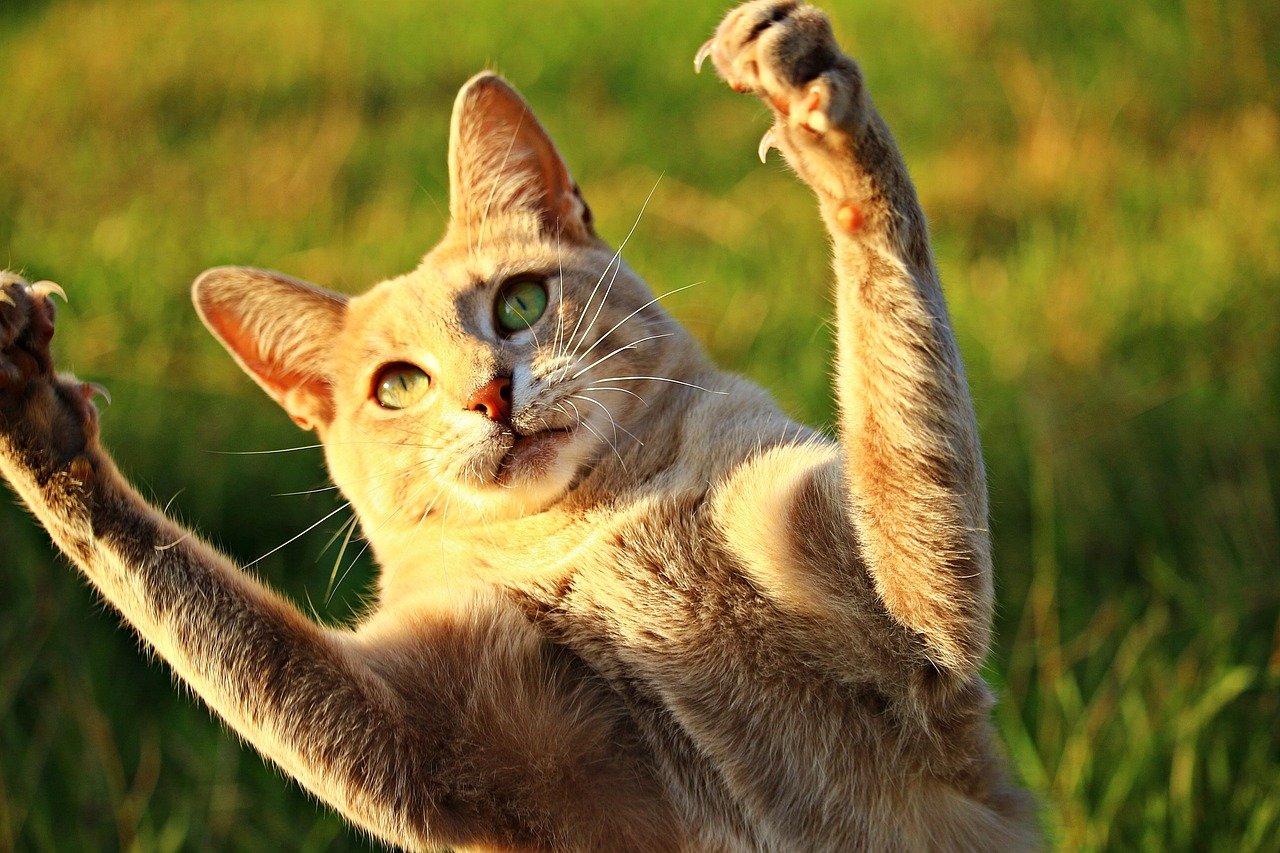
You might be surprised to learn that left-pawed cats are not as rare as you’d think. Studies suggest that about 20 to 40 percent of cats show a strong preference for their left paw. Interestingly, there’s no clear “majority”—some populations have more right-pawed cats, others more lefties. Unlike humans, where right-handedness is overwhelmingly common, cats seem to be more evenly split. This balance is part of what makes feline behavior so captivating to study. The next time you watch your cat play, you might want to keep a tally and see where they fall!
Do Male and Female Cats Differ in Paw Preference?

It turns out, gender might have something to do with which paw your cat prefers. Some studies have found that male cats are more likely to be left-pawed, while female cats lean towards right-pawedness. This pattern has been observed across different breeds and ages. The reason for this gender split isn’t fully understood, but it’s thought to relate to differences in brain structure or hormonal influences. If you have both a male and female cat at home, try watching them side by side—you might notice this subtle difference in action!
What Does Paw Preference Reveal About Cat Intelligence?

There’s a growing belief among scientists that paw preference could be a clue to your cat’s smarts. Just like in humans, where left-handed people sometimes excel in creative or analytical tasks, a cat’s pawedness might reflect how their brain is wired. Some researchers think left-pawed cats could have an edge in problem-solving or even possess a more adventurous spirit. Watching how your cat handles puzzles, toys, or tricky situations may give you insights into their cleverness. It’s as if your left-pawed kitty has a secret superpower you never knew about.
Can Pawedness Affect a Cat’s Personality?

Yes, pawedness might go hand in hand—pun intended—with personality. Some experts believe left-pawed cats are often bolder, more playful, or even a bit mischievous. These lefties may be more likely to explore new places, try unfamiliar foods, or chase after new toys. Right-pawed cats, on the other hand, might be calmer or more reserved. Of course, every cat has its own unique temperament, but recognizing patterns linked to pawedness can help you better understand your furry friend’s quirks.
Are Left-Pawed Cats More Creative?

There’s a fun theory that left-pawed cats might be the artists and inventors of the feline world. In humans, left-handedness has been linked to creative thinking and artistic ability. While we can’t expect a cat to paint a masterpiece, left-pawed kitties might be more likely to invent new ways to play or find clever solutions to everyday challenges. If your cat is always coming up with new tricks or surprising you with how they solve problems, you might just have a little creative genius on your hands—or paws!
How Can You Tell if Your Cat Is Left-Pawed?
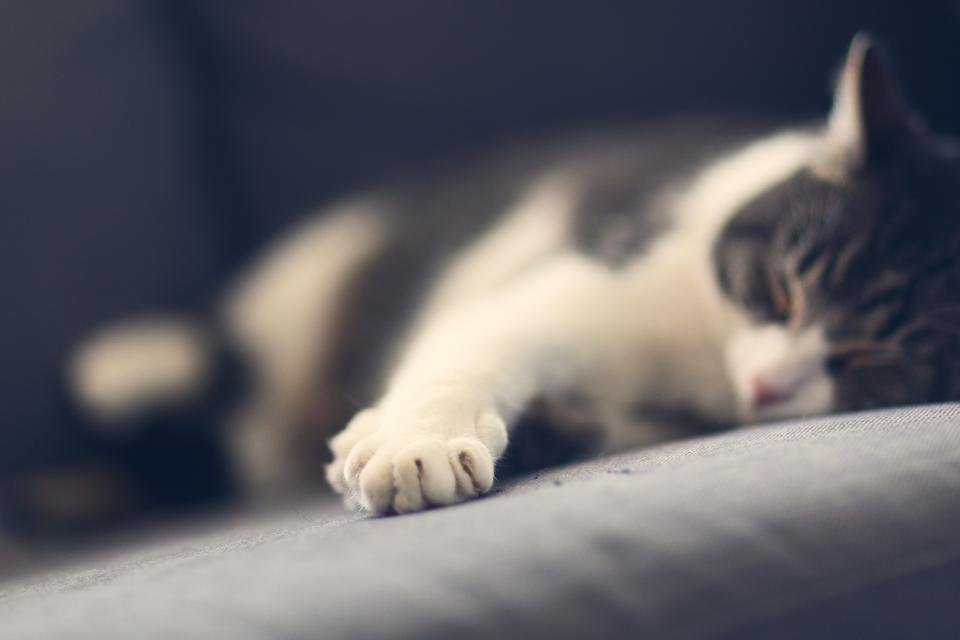
Identifying paw preference takes a bit of observation and patience. Start by watching which paw your cat uses first when reaching for a toy or food. Place a treat inside a container and see which paw they use to fish it out. Repeat these activities several times over a few days. If your cat consistently uses one paw over the other, you’ve likely found their preference. Keep a playful spirit while you watch—cats can sense when you’re having fun, and they might get even more animated for your little “experiment.”
Does Pawedness Change Over Time?
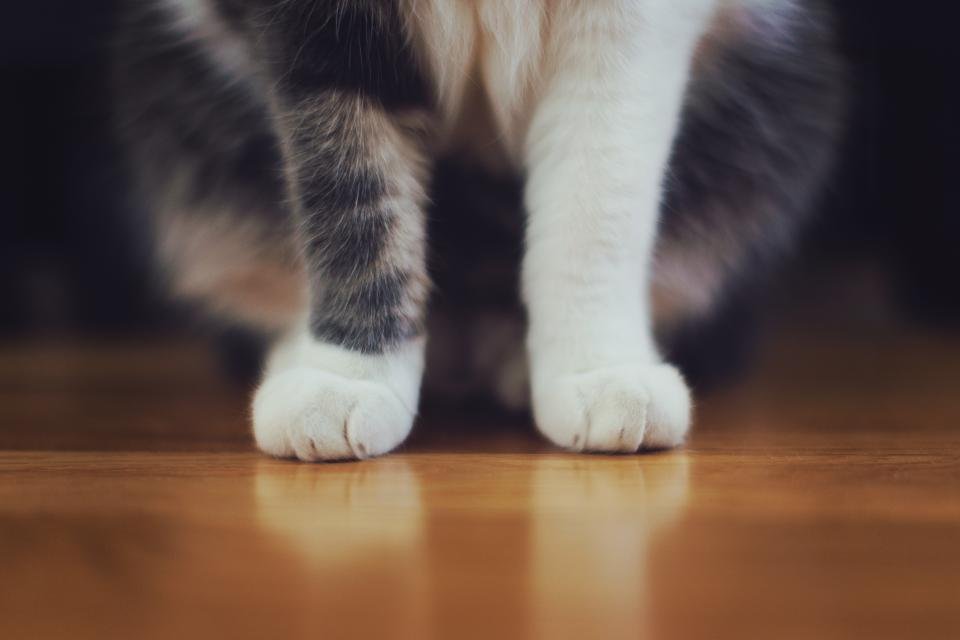
Some owners wonder if a cat’s paw preference can change as they grow older. Most research suggests that once a preference is established, it tends to stick. However, kittens might switch paws as they explore and develop their coordination. Injuries or changes in health could also temporarily affect which paw a cat uses. But for the most part, a left-pawed cat will stay left-pawed throughout life. It’s a bit like someone who’s always been left-handed—old habits die hard!
Can Environment Influence Paw Preference?

Just like kids who learn certain habits from their families, kittens can be influenced by their environment. If a kitten sees its mother or siblings using one paw more often, it might try to imitate them. The layout of your home, the types of toys you offer, and even how you play with your cat can shape their habits. While genetics play a big role, the environment is the stage where those natural tendencies can shine. It’s fascinating to think how much your cat’s world shapes who they become.
Are Left-Pawed Cats Better Hunters?

Some people believe that left-pawed cats might be superior hunters. The theory is that left-pawedness could give cats an edge in surprise attacks or quick maneuvers. In the wild, having a dominant paw can help a cat react faster or aim more precisely when catching prey. At home, you might notice your left-pawed cat is an expert at pouncing on toys or catching the elusive red dot. Whether nature or nurture, these little differences can make a big impact on your cat’s playtime prowess.
Do Certain Breeds Show More Left-Pawedness?

Researchers have tried to find out if certain cat breeds are more likely to be left-pawed, but the results are mixed. While there’s no solid evidence that breed determines paw preference, some breeds known for their intelligence—like Siamese or Maine Coons—might show stronger or more consistent preferences. It’s possible that genetics and breed-specific behavior interact in subtle ways. So whether you have a fancy pedigree or a lovable rescue, your cat’s paw preference is another unique part of their story.
Does Pawedness Affect Training Success?

If you’re trying to teach your cat tricks, you might wonder if left-pawedness makes a difference. Some trainers believe that knowing your cat’s dominant paw can help tailor your approach. For example, if your cat is left-pawed, you might start training sessions by encouraging them to use that paw. This could make learning new tricks easier and more enjoyable for both of you. Understanding your cat’s natural tendencies can turn training from a chore into a bonding experience.
How Does Pawedness Compare to Human Handedness?

It’s tempting to compare cats’ pawedness directly to human handedness, but there are important differences. While about 90 percent of people are right-handed, cats are more evenly split. The underlying brain structures are similar, but cats’ behaviors are shaped by instincts and play. Still, watching your cat favor one paw can feel strangely familiar, like seeing a little piece of yourself in your pet. It’s a reminder that animals and humans share more in common than we often realize.
What About Ambidextrous Cats?
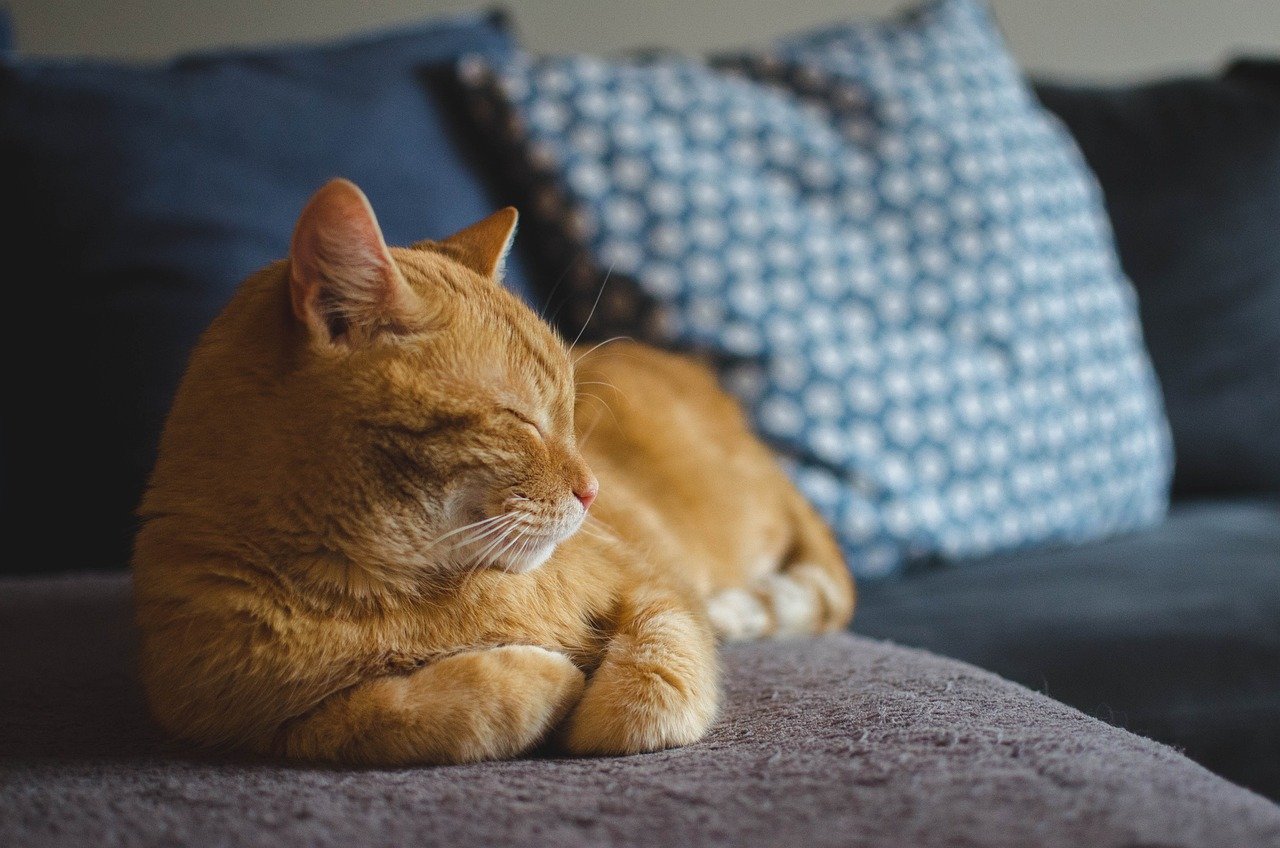
Not all cats pick a favorite paw—some are true ambidextrous acrobats. These cats use both paws equally, switching back and forth depending on the situation. Ambidextrous cats might be especially adaptable, handling new challenges with ease. If your cat seems to use both paws without preference, consider yourself lucky—you have a flexible, versatile feline. Ambidexterity in cats is just another example of the endless variety you’ll find in the animal kingdom.
Are Left-Pawed Cats More Sensitive?

Some studies hint that left-pawed cats might be more sensitive to stress or changes in their environment. This doesn’t mean they’re fragile, but they could be more aware of subtle shifts at home. If your left-pawed cat hides during thunderstorms or gets startled by loud noises, they might just be finely tuned to their surroundings. Recognizing this trait can help you create a more comfortable space for your sensitive companion.
Can Pawedness Help with Vet Visits?

Understanding your cat’s paw preference might even come in handy at the vet. Left-pawed cats may react differently to being handled or examined. If you know which paw they prefer, you can help the vet approach them in a way that feels less threatening. This small bit of knowledge can make a big difference in reducing your cat’s stress and making vet visits smoother for everyone involved. It’s another way that knowing your cat’s quirks can boost their well-being.
Should You Encourage Your Cat’s Paw Preference?

You don’t need to train your cat to use one paw over the other—just let their natural preference shine. Encouraging them to use their favorite paw with toys or treats can build their confidence and make playtime more engaging. Celebrate your cat’s individuality, whether they’re a lefty, righty, or somewhere in between. Every paw tap, swat, or high-five is a little window into their unique personality.
Fun Ways to Test Your Cat’s Genius at Home
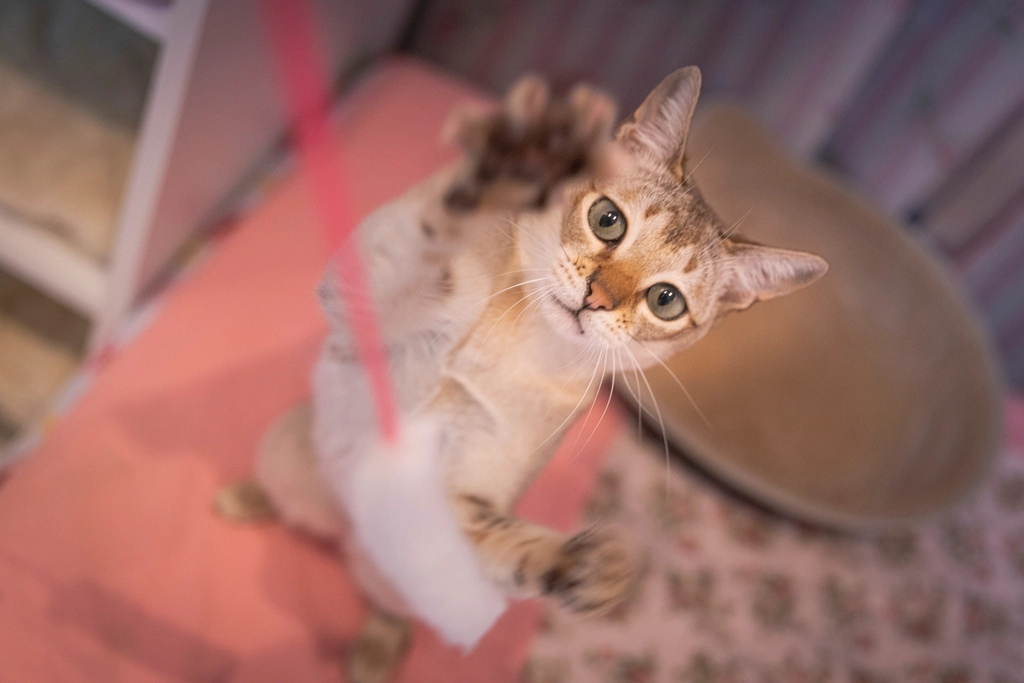
Turn your living room into a feline science lab! Place treats in cups, dangle toys, or set up small obstacles and watch which paw your cat uses. Keep notes to see if a pattern emerges over time. Try new challenges to stimulate your cat’s brain—left-pawed or not, they’ll love the attention. These games aren’t just fun; they’re a way to bond with your cat and discover what makes them tick. Who knew a lazy afternoon could reveal so much hidden genius?
Embracing Your Cat’s Left-Pawed Brilliance

So, could your cat be a left-pawed genius? The signs might be right in front of you—or under your nose, batting at your shoelaces. Every swat, every playful leap, every clever trick is a testament to your cat’s unique mind. Whether your feline is a daring lefty, a steady righty, or an ambidextrous marvel, their quirks make them special. Next time you watch your cat in action, ask yourself: what pawed secrets are they hiding?
Hi, I’m Bola, a passionate writer and creative strategist with a knack for crafting compelling content that educates, inspires, and connects. Over the years, I’ve honed my skills across various writing fields, including content creation, copywriting, online course development, and video scriptwriting.
When I’m not at my desk, you’ll find me exploring new ideas, reading books, or brainstorming creative ways to solve challenges. I believe that words have the power to transform, and I’m here to help you leverage that power for success.
Thanks for stopping by, Keep coming to this website to checkout new articles form me. You’d always love it!






